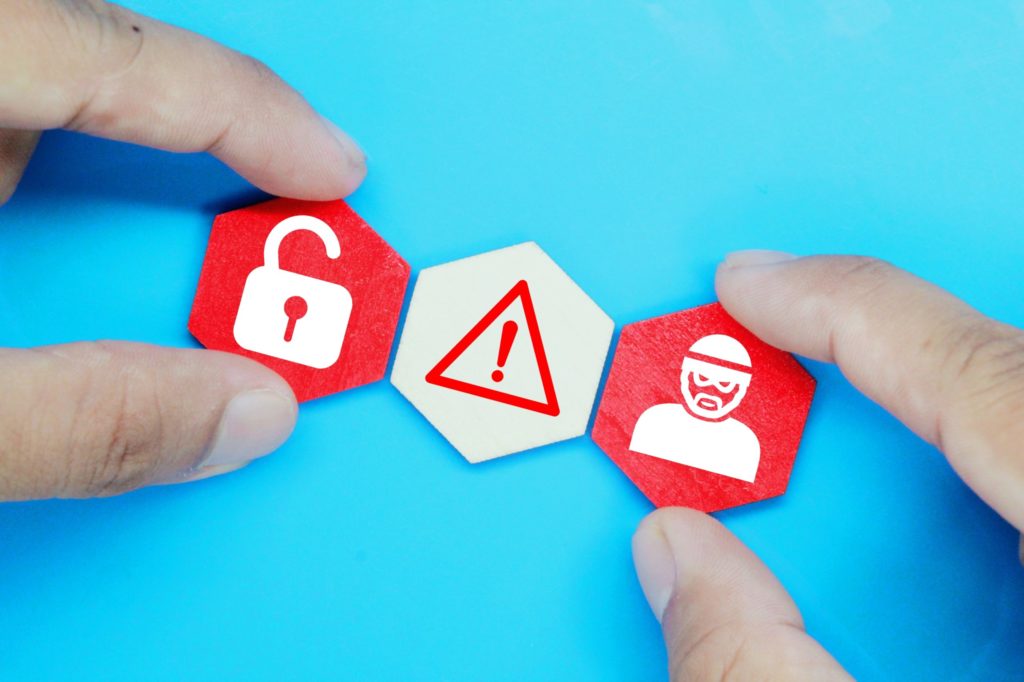As technology continues to permeate every aspect of society, the need to protect against cyber risks has never been greater. Identifying and assessing cyber threats is essential to safeguard your business and customers. Keep reading to learn how to identify and assess cyber risks.
What are cyber risks?

Cyber risks are a type of risk that is posed by the use of information and communication technologies. The risks can include the loss of confidential information, damage to computer systems, theft of money or other assets, and disruption of business operations. Organizations that rely on these technologies are increasingly at risk of cyber attacks, which can cause significant financial and other losses. Organizations can benefit from using a security scorecard to prevent cyber risks. Some of the most common cyber risks are malware, phishing, ransomware, social engineering, and viruses.
Malware is a type of software that is designed to damage or disable computers and computer networks. Phishing is an online scam in which perpetrators try to obtain sensitive information, such as passwords and credit card details, by masquerading as a trustworthy entity in an email or other communication. Ransomware is malware that restricts access to a computer system or data until a ransom is paid. Social engineering is an attack in which cybercriminals use deception to obtain sensitive information or access computer systems. Viruses are self-replicating pieces of software that can damage or disable computer systems.
How can you respond to a cyber incident?

When a company experiences a cyber incident, the first step is identifying and assessing the risks involved. This means understanding what data was compromised, how it was accessed, and what damage may have been done. The company must also determine whether any legal obligations have been violated. After assessing the risks, the company can create a mitigation plan. One of the biggest challenges in responding to a cyber incident is determining who is responsible. Multiple departments are often involved in managing data, so deciding which one was breached can be challenging.
To create an effective response plan, the company must first identify all potential vulnerabilities and then rank them according to severity. Once the risks have been assessed, the company can begin taking steps to mitigate them. This may include changing passwords, implementing new security measures, or hiring a cybersecurity consultant. The goal is to reduce the risk of future attacks and protect customer data from being stolen or compromised.
How can technical experts respond to cyber incidents?
Technical experts can help organizations identify and assess cyber risks in a few ways. First, they can help understand the organization’s business and how it operates. This understanding is necessary to identify which systems and data are most important to the organization and should be protected. Second, technical experts can help assess the vulnerability of these systems and data to cyber threats. They can do this by identifying potential attack vectors and evaluating the impact of a successful attack. Finally, technical experts can help implement measures to protect systems and data from cyber threats. This includes preventive measures, such as firewalls and antivirus software, and detective measures, such as logging and monitoring systems.
What industries are vulnerable to cyber-attacks?
There are several industries that are particularly vulnerable to cyber-attacks. These include the financial services industry, the healthcare industry, and the manufacturing industry. The financial services industry is particularly susceptible to cyber-attacks because of the sensitive data that it stores. Financial institutions store data on customers’ credit card information, bank account numbers, and Social Security numbers. This data can be used to steal customers’ identities or to commit fraud. The healthcare industry is also vulnerable to cyber-attacks. Healthcare providers store data on patients’ medical records, including their medical history and prescription information.
The manufacturing industry is also vulnerable to cyber-attacks. Manufacturers store data on the designs of their products and on the production processes. This data can be used to steal the manufacturers’ intellectual property or to sabotage their products.






